River Birch Tree
- October 10, 2023
- 0 comment
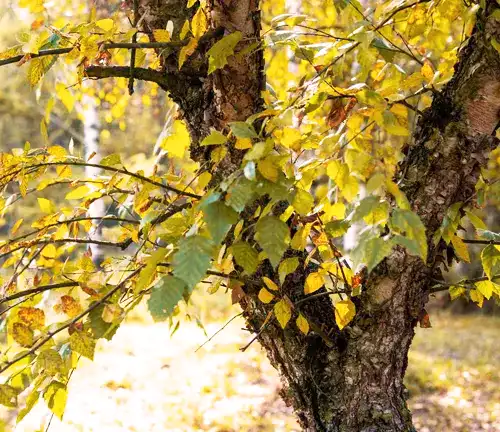
The River Birch (Betula nigra) is a captivating deciduous tree indigenous to the eastern regions of the United States, celebrated for its unique attributes and versatility. Typically reaching a mature height between 40 and 70 feet, this tree showcases a distinctive pyramidal to oval crown, offering ample shade to those beneath its branches. Its leaves, serrated and diamond-shaped, present a lush green color during the growing season, transitioning into a brilliant shade of yellow come autumn. However, what truly distinguishes the River Birch is its bark – a rich, cinnamon-to-salmon hue that peels away in thin, curling layers, revealing lighter layers beneath. This exfoliating bark adds year-round visual interest and has earned it the nickname “paper birch” due to its resemblance to paper peeling.
One of the remarkable features of the River Birch is its adaptability to a variety of soil types, making it a favored choice in landscaping and restoration projects. While it thrives in moist environments, often found along riverbanks and wetlands, it demonstrates a surprising resilience in drier soils. This adaptability has contributed to its popularity in a wide range of landscapes, from urban parks to suburban gardens. Moreover, the River Birch offers an ecological boon as it plays a pivotal role in erosion control, making it a valuable addition to landscapes prone to soil erosion.
Beyond its aesthetic appeal and functional benefits, the River Birch serves as a critical habitat and food source for various wildlife species. Birds, in particular, find refuge in its branches and feast on its seeds, while a myriad of insects are attracted to its nectar-rich flowers, contributing to local biodiversity. This tree exemplifies the interconnectedness of nature and the vital role it plays in supporting and sustaining ecosystems.
| Characteristic | Description |
| Scientific Name | Betula nigra |
| Mature Height | 60-80 feet |
| Growth rate | Medium |
| Longevity | 75-100 years |
| Sun exposure | Full sun to partial shade |
| Soil type | Well-drained, moist soil |
| Leaves | Serrated, diamond-shaped |
| Longevity | 50 to 75 years |
| Fall foliage color | Golden yellow to orange |
| Water needs | Moderate |
A Brief History
The River Birch Tree (Betula nigra) has a rich history deeply intertwined with the landscapes of the eastern United States. This deciduous beauty, also known as “paper birch” due to its distinctive exfoliating bark, has been a fixture along riverbanks and wetlands for centuries. Native American communities valued its versatile uses, employing the tree for crafting canoes, baskets, and various tools. As European settlers explored and settled in the region, the River Birch continued to play a role in shaping the history and cultural practices of the communities that interacted with it.
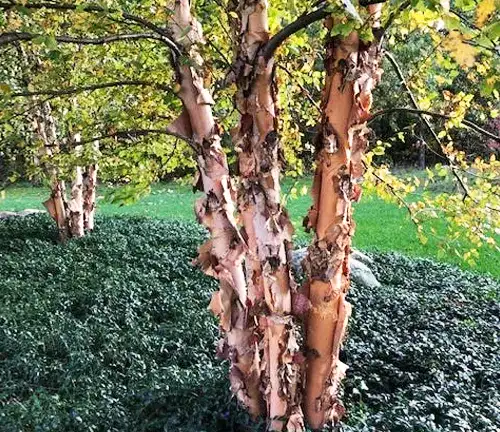
Color/Appearance

One of the most striking features of the River Birch is its color palette. During the growing season, its serrated, diamond-shaped leaves exhibit a vibrant green, creating a lush canopy. Come autumn, this deciduous tree transforms into a spectacle of gold and yellow, adding warmth to the fall landscape. However, what truly sets it apart is its bark—ranging from cinnamon to salmon hues, it peels away in thin, curling layers, providing a year-round visual treat.
Unique Features
The River Birch boasts unique features that captivate both arborists and casual observers alike. Its exfoliating bark not only adds aesthetic appeal but also serves a practical purpose, aiding in the tree’s growth by shedding old bark. This distinctive feature, resembling paper peeling away, has earned the tree its endearing nickname. Additionally, its adaptability to various soil types, from moist riverbanks to drier soils, showcases the tree’s versatility and resilience.
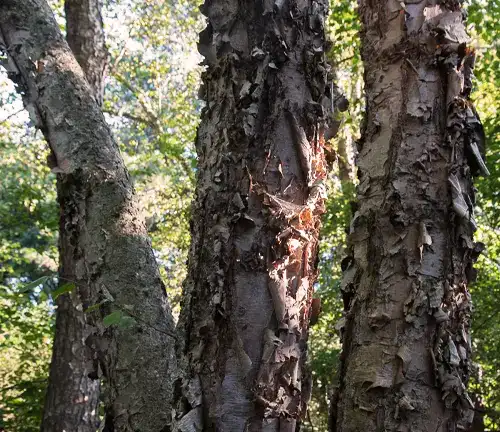
Ecological Importance
Beyond its visual allure, the River Birch plays a crucial role in the ecological tapestry. It contributes significantly to erosion control along riverbanks, stabilizing soil and preventing degradation. The tree provides habitat and sustenance for various wildlife species, including birds that find refuge in its branches and insects attracted to its flowers. Along waterways, the River Birch helps maintain the health of riparian ecosystems, showcasing its broader ecological importance.


Adaptation and Resilience
The River Birch’s adaptability is a testament to its resilience. Thriving in moist environments, it gracefully withstands the challenges of diverse soil conditions. This adaptability makes it a favored choice not only in natural settings but also in urban landscapes, where it can endure the stresses of city life, including air pollution and compacted soil.
Cultivation and Care
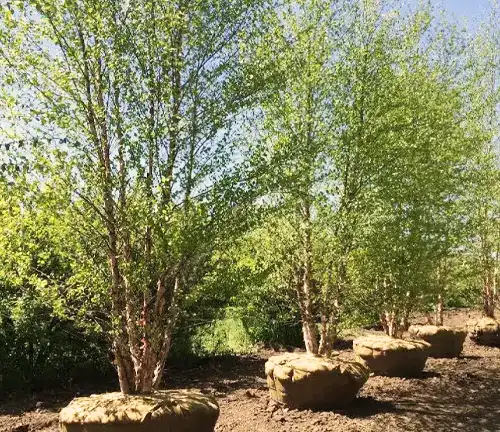
For those considering the River Birch in their landscapes, understanding its cultivation and care is essential. Providing well-drained soil and ensuring regular watering, especially in dry periods, promotes optimal growth. Pruning, though minimal, may be necessary to maintain an appealing shape. With moderate growth rates, this tree rewards gardeners with a relatively quick establishment and development.
Cultural and Historical Significance
The River Birch holds cultural and historical significance deeply rooted in Native American traditions. Used for crafting essential items, it symbolizes resilience and adaptability. Today, it remains a symbol of connection to the land and the enduring legacy of those who have interacted with it throughout history.
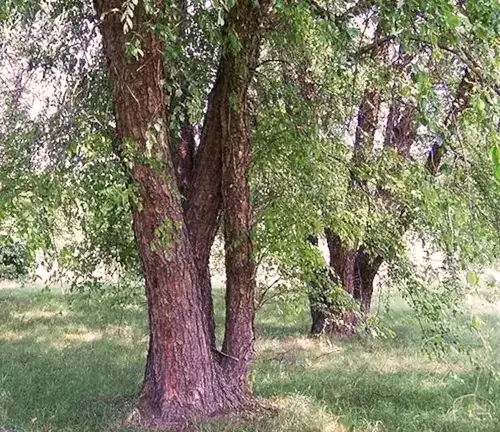
Wood Products and Applications

The wood of the River Birch finds applications in various industries. Valued for its straight grain and fine texture, it is utilized in the production of furniture, flooring, and veneer. Its versatility extends to woodworking, where artisans appreciate its workability and unique aesthetic qualities.

Other Uses
Beyond its contributions to wood products, the River Birch has other practical uses. Its bark, with its water-resistant qualities, historically served as roofing material for shelters. The inner bark has been employed for medicinal purposes by some indigenous communities, showcasing the tree’s diverse utility.
Threats and Conservation
While the River Birch is not currently listed as endangered or threatened, there are conservation considerations. Urban development and habitat loss pose potential threats. Conservation efforts should focus on preserving its natural habitats, particularly along waterways, to ensure the continued health of River Birch populations.
Benefits
The benefits of the River Birch extend far beyond its aesthetic and practical applications. As a carbon sink, it contributes to mitigating climate change by absorbing and storing carbon dioxide. Its role in erosion control, wildlife habitat provision, and overall ecosystem support underscores its value in promoting environmental health.
Conclusion
In conclusion, the River Birch Tree stands as a living testament to the interconnectedness of nature and human history. Its beauty, adaptability, and ecological significance make it a cherished component of landscapes and a symbol of resilience. As we appreciate its unique features and historical contributions, let us also embrace our role in ensuring the conservation of this remarkable tree for generations to come.

Frequently Asked Questions (FAQs)
- Why does the River Birch have peeling bark, and is it a cause for concern?
The River Birch’s peeling bark is a natural and characteristic feature. This shedding occurs as the tree grows, allowing it to shed old bark and revealing the lighter layers beneath. It is not a cause for concern; in fact, it adds to the tree’s unique aesthetic appeal. - Can the River Birch thrive in urban environments with air pollution?
Yes, the River Birch is known for its urban tolerance, including resistance to air pollution. This adaptability makes it a suitable choice for planting in city landscapes where pollution levels can be higher, contributing to its popularity in urban planning. - How does the River Birch contribute to erosion control along riverbanks?
The River Birch’s extensive root system helps stabilize soil along riverbanks, preventing erosion. The roots bind the soil, reducing the risk of sediment runoff into waterways. This erosion control feature makes it a valuable addition to riparian habitats and restoration projects. - What are some notable cultivars of the River Birch and how do they differ?
There are several cultivars of the River Birch, each with unique characteristics. For example, ‘Heritage’ is known for its striking white bark, ‘Dura-Heat’ is prized for its heat tolerance, and ‘Fox Valley’ is a dwarf variety suitable for smaller spaces. These cultivars offer options for varying preferences and landscape needs. - Is the River Birch susceptible to any specific pests or diseases?
While generally resistant to the bronze birch borer, a common pest for other birch species, the River Birch may be susceptible to certain fungal diseases, especially if under stress. Regular care, including proper watering and monitoring for signs of distress, can help maintain its health and resilience.


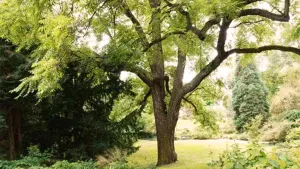
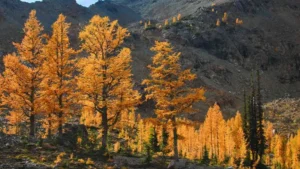
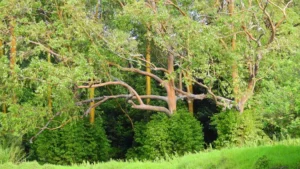
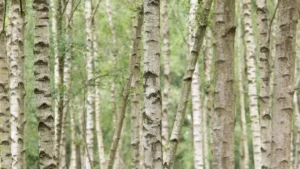
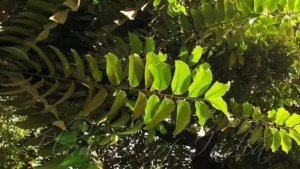
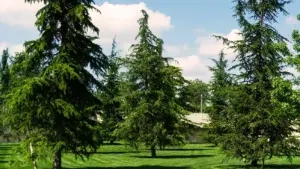
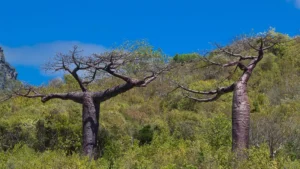
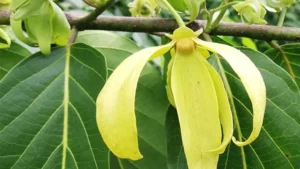


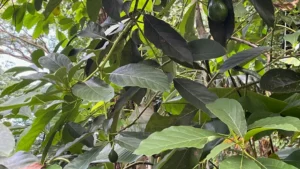
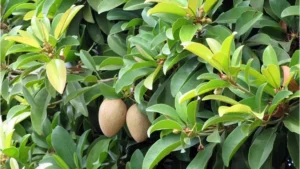
Leave your comment